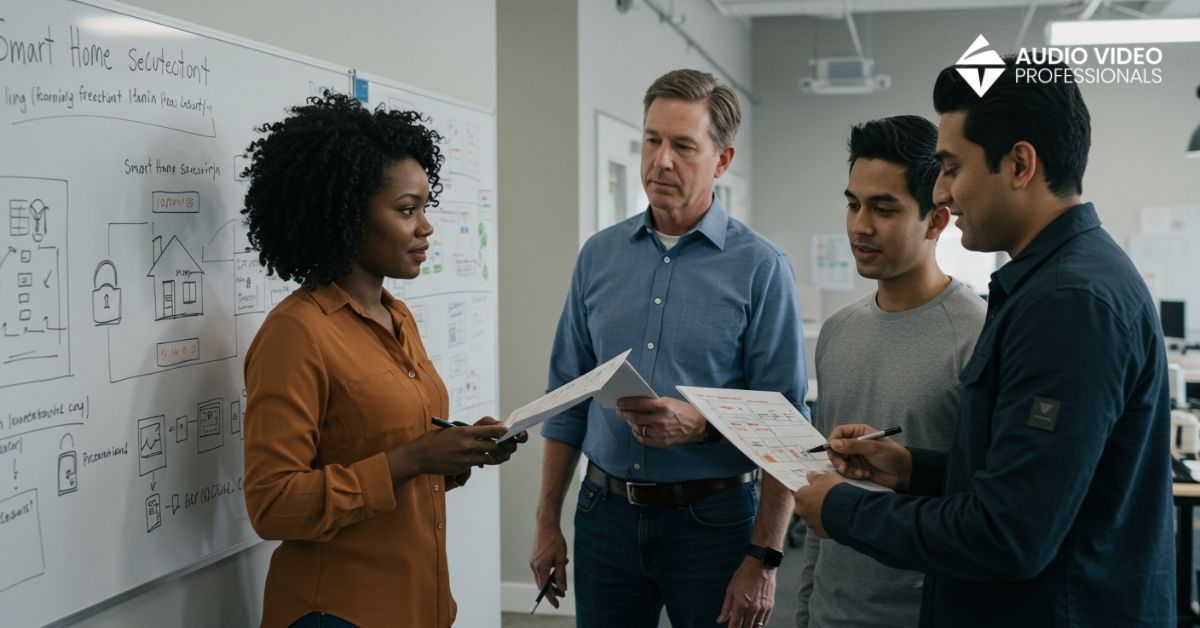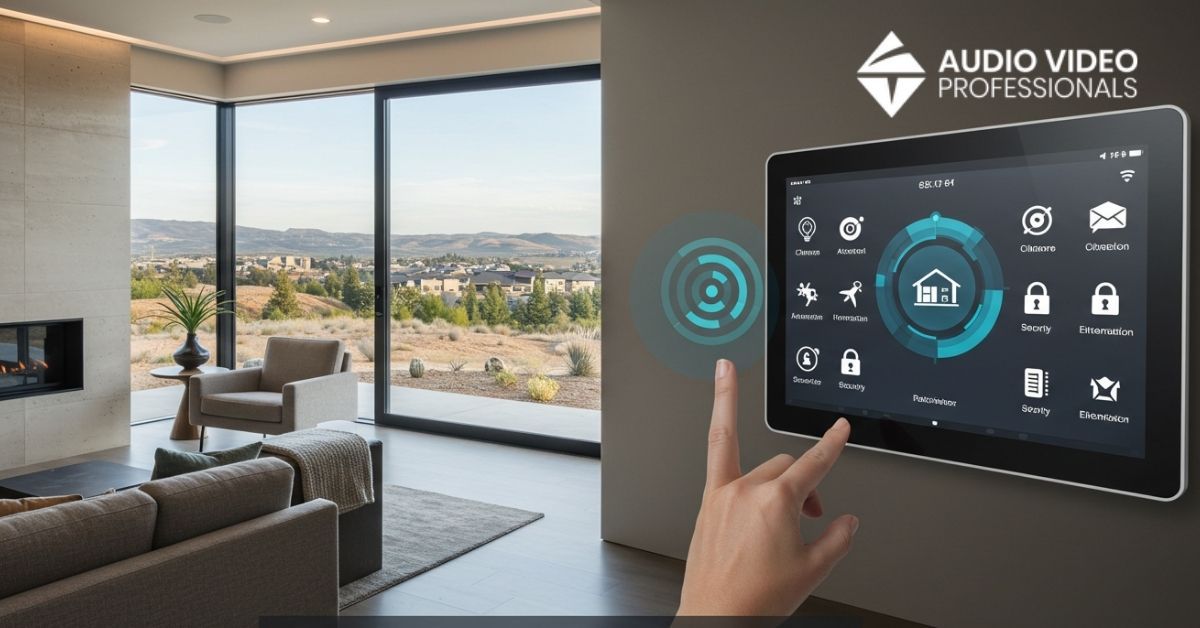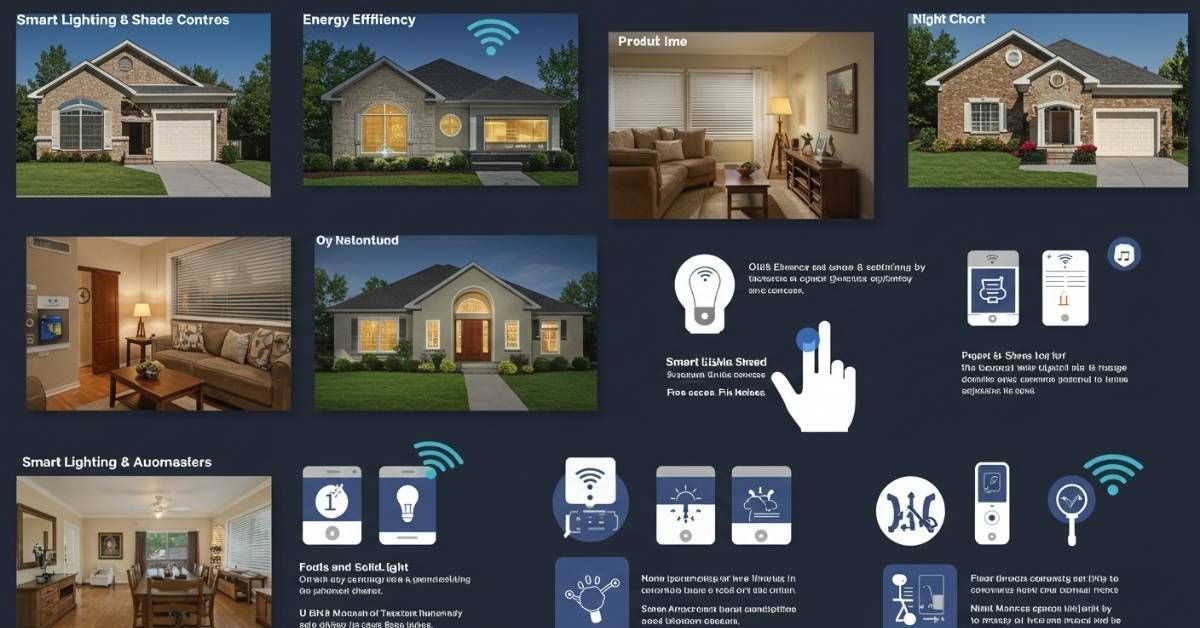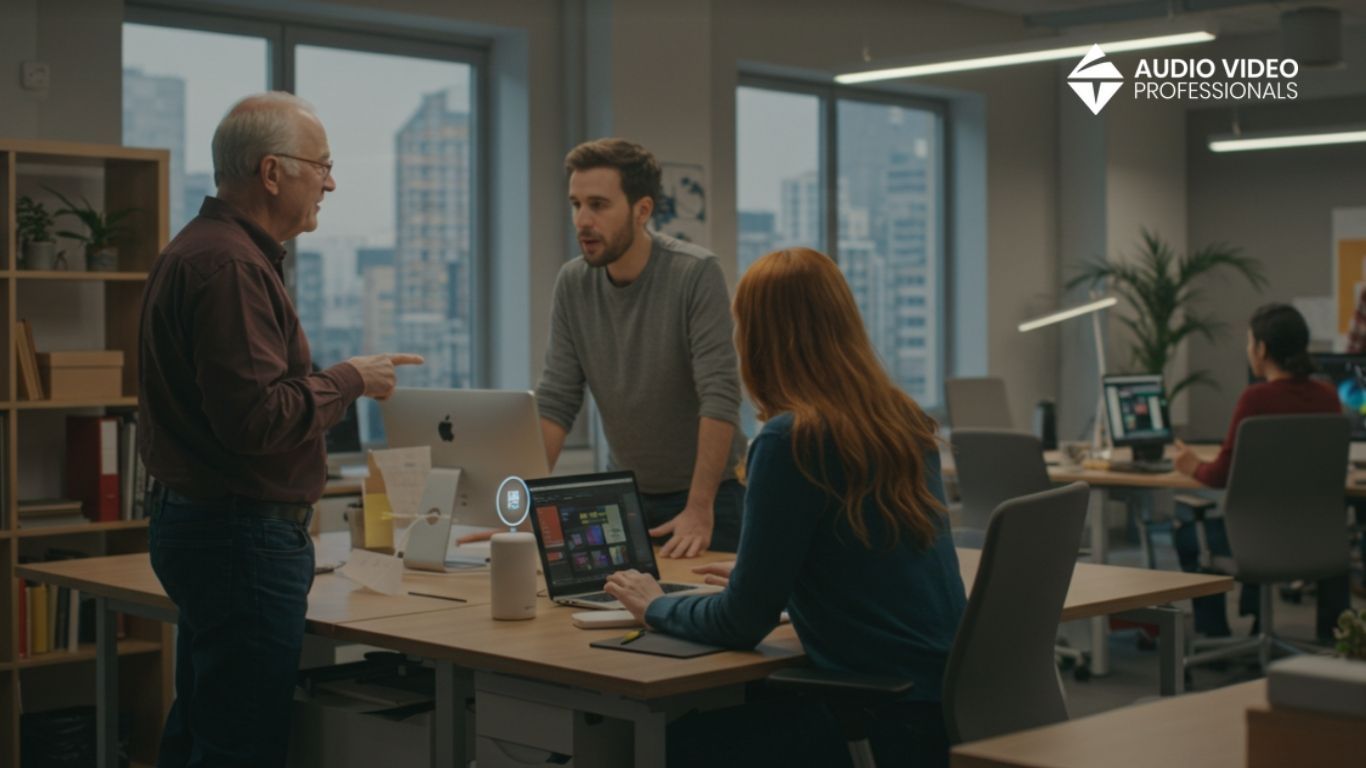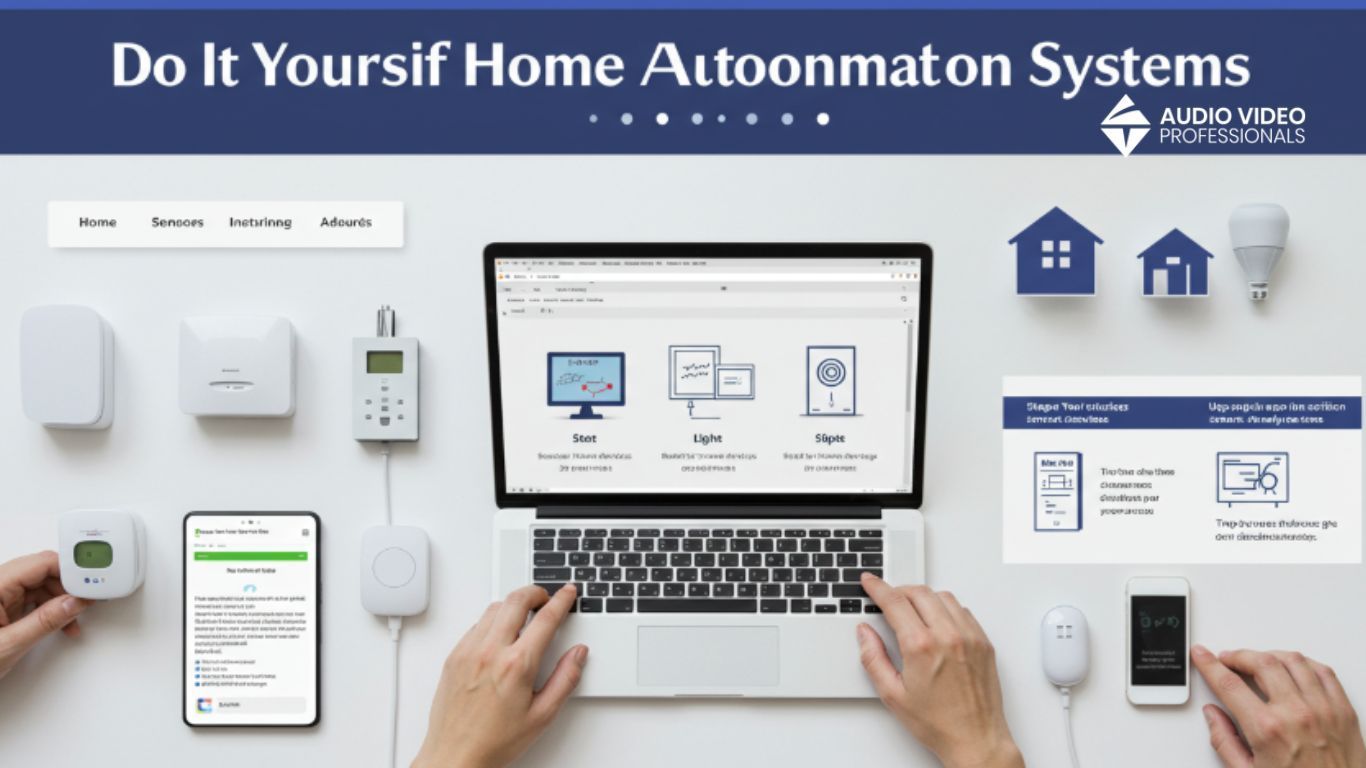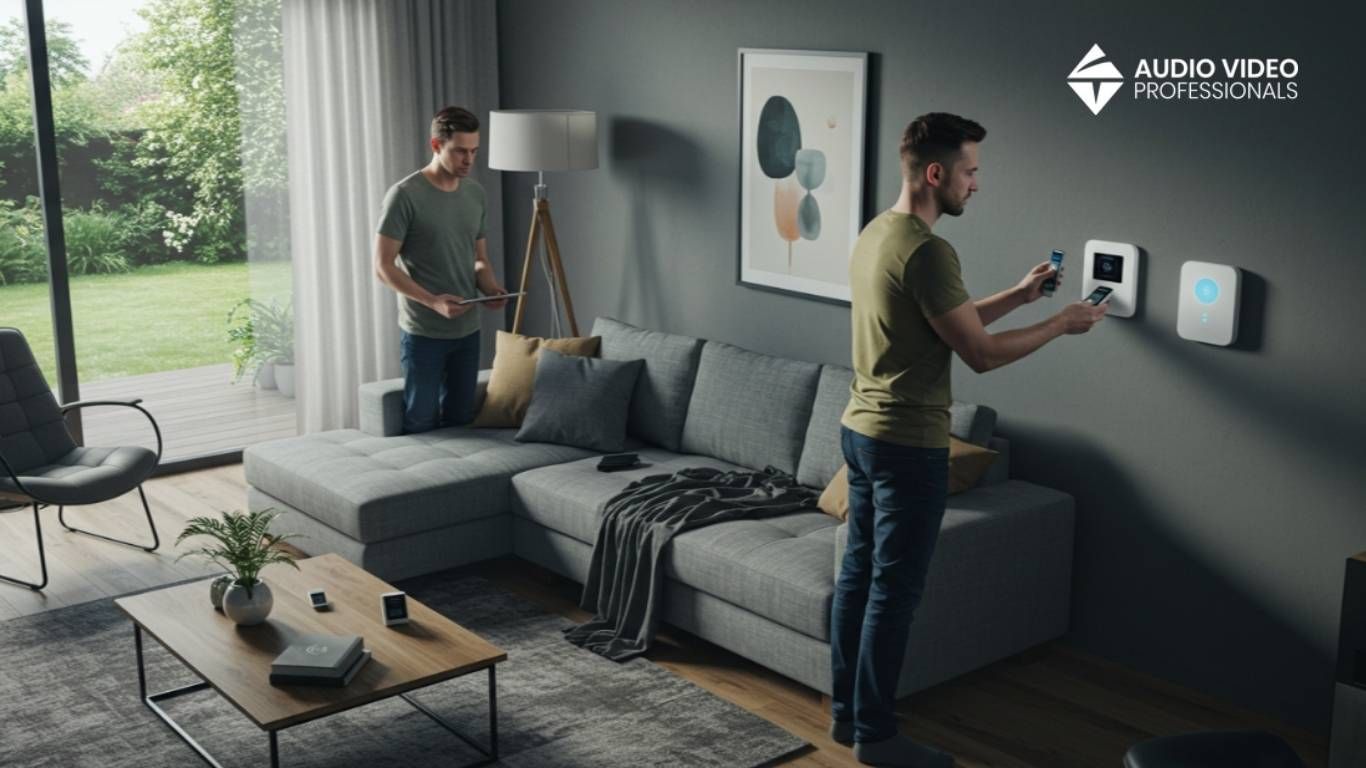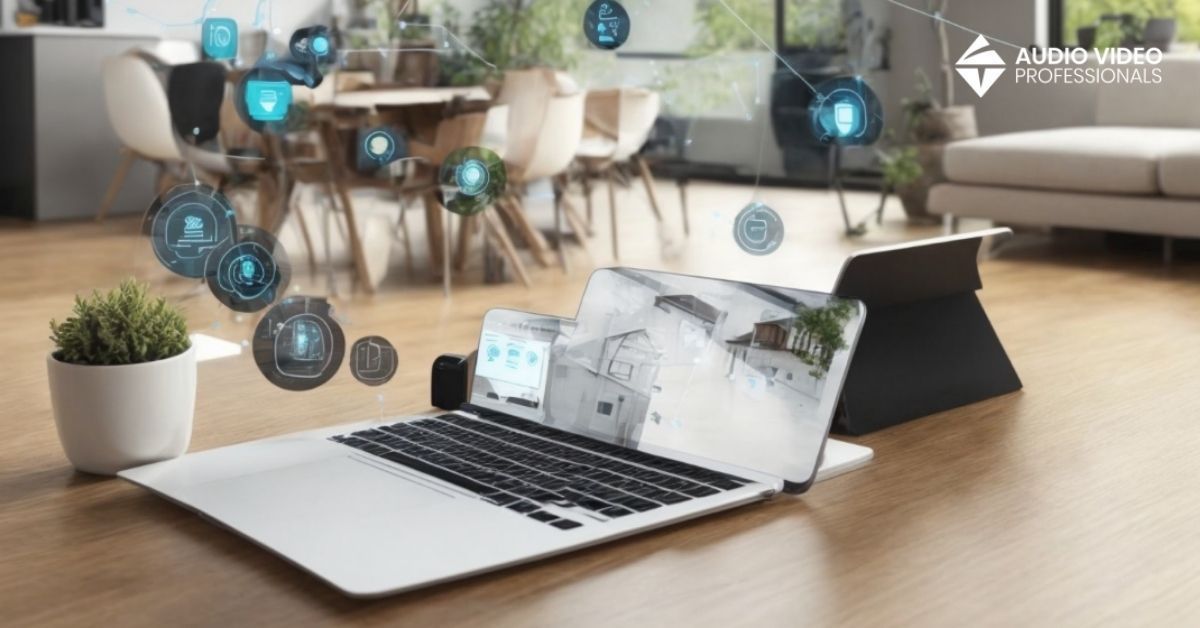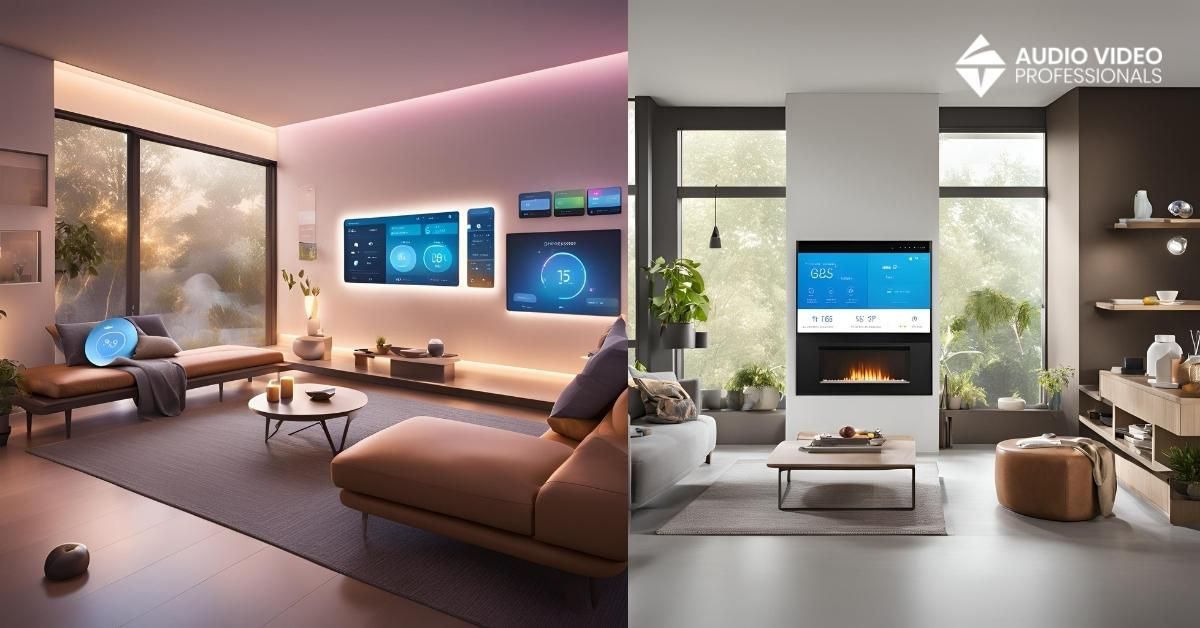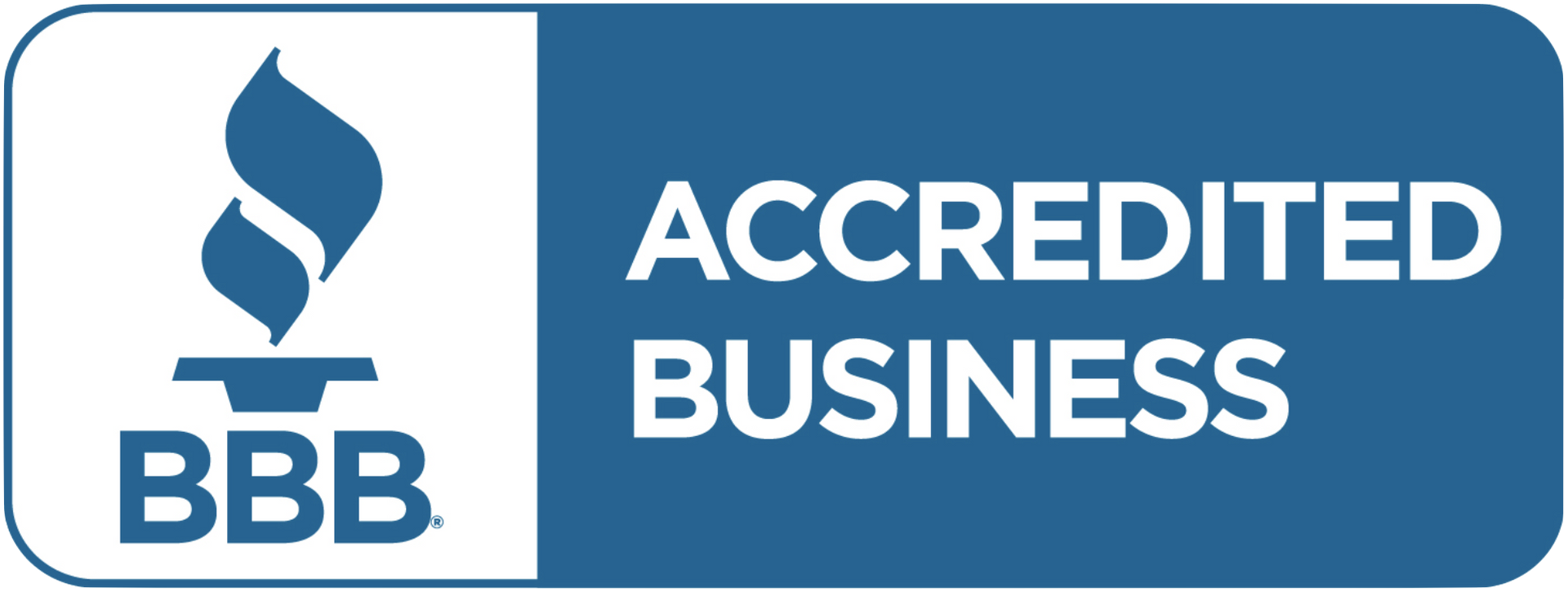How Can You Control an IOT-Connected Smart Device
Welcome to the innovative and interconnected world of theInternet of Things (IoT), a realm where everyday objects are transformed into intelligent devices, reshaping the way we live and interact with technology. In this comprehensive guide, we explore the burgeoning landscape of IoT-connected smart devices and provide insights into how you can effectively control and integrate them into your daily life. From simplifying routine tasks to enhancing home security, the power of IoT is limitless.
In 2024, over 30 billion IoT devices are seamlessly integrating into our daily routines, offering unprecedented control and convenience at our fingertips. Understanding and mastering this control is not just a modern convenience, it's a step towards a smarter future.
Understanding IoT-Connected Smart Devices
IoT-connected smart devices encompass a wide range of products, from essential home appliances like thermostats and door locks to sophisticated voice-controlled virtual assistants and security systems. These devices are equipped with sensors and advanced connectivity features, enabling them to collect and exchange data over the internet, and interact seamlessly with other devices and systems. This connectivity not only brings a new level of convenience but also opens up possibilities for creating a responsive, adaptive living and working environment.
Methods of Controlling IoT-Connected Smart Devices
Mobile Apps: Smartphones have emerged as the central command units for IoT devices, with dedicated apps offering intuitive, real-time control and management capabilities.
Web Applications: Complementing mobile apps, web applications provide an extensive and accessible platform for controlling IoT ecosystems, enabling users to manage their devices from any internet-enabled device, anywhere.
Voice Assistants: The emergence of voice assistants like Amazon Alexa and Google Assistant in 2023 has revolutionized device interaction, offering a natural, hands-free approach to managing IoT devices.
Automation Scenarios and Smart Home Systems:
Platforms like Samsung SmartThings have made it possible to create intricate automation routines, allowing devices to work together intelligently based on specific user-defined triggers and scenarios.
Integration with Third-Party Services via APIs: The integration of IoT devices with various third-party services through APIs has greatly expanded their capabilities, offering enhanced functionality and control options.
Phone Calls: An innovative and emerging method in 2023, controlling IoT devices through phone calls offers a convenient option for users who prefer traditional methods or lack access to smart technology.
The Importance of IoT Device Control
In the era of smart technology, the ability to control IoT devices goes beyond mere convenience; it plays a pivotal role in optimizing home and office environments for energy efficiency, security, and personal comfort. By mastering the control of these devices, users can tailor their surroundings to their unique preferences, habits, and lifestyle needs, thereby enhancing overall quality of life.
Controlling IoT Devices: A Step-By-Step Guide
Navigating the world of IoT (Internet of Things) devices can seem daunting, but with a step-by-step approach, you can easily master the art of controlling these smart technologies. Whether you're setting up a single device or an entire network of IoT gadgets, this guide will walk you through the essential steps to ensure a smooth and effective control experience.
Identify Your IoT Devices
Start by listing all your IoT devices, such as smart bulbs, thermostats, and home security systems. Understand what each device does and its connection options like Wi-Fi or Bluetooth, to get a clear idea of how they'll fit into your smart home setup.
Set Up a Central Hub (If Needed)
If your devices need a central hub, choose one that works with most of them, like Samsung SmartThings or Apple HomeKit. Install the hub by connecting it to your home Wi-Fi and following the manufacturer's instructions for any software or app installations.
Connect Devices to Your Network
Pair each IoT device by pressing a physical button on it or using its app. Then, add each device to your network using your hub's app or web interface, ensuring they're correctly identified and accessible.
Configure Device Settings
Customize settings for each device to suit your needs, such as scheduling, sensitivity adjustments, or setting routines. Also,
keep your devices updatedwith the latest firmware for better performance and security.
Establish Control Routines and Automations
Create automation routines for daily activities, like programming lights to turn off at bedtime. Test these automations to ensure they work as planned.
Remote Access and Control
Activate remote access features through your hub's app if available. Customize the app's dashboard for easy control of your most-used devices.
Ongoing Maintenance and Monitoring
Regularly check your system's performance and update both your central hub and individual devices to maintain security and functionality.
Expanding or Upgrading Your IoT Ecosystem
As you get more comfortable with your setup, consider adding new devices or upgrading existing ones to enhance your smart home experience.
Seeking Support When Needed
If you face any issues, use the support channels provided by your device manufacturers or hub platform for assistance.
By following these steps, you can effectively control and manage your IoT-connected smart devices, creating a harmonious and smartly automated environment in your home or office. This guide will help you harness the full potential of IoT technology, making your daily life more connected and convenient.
Remote Monitoring and Control
The capability to remotely monitor and control IoT devices has become a fundamental feature. This functionality allows users to manage their home or office environments from any location, providing unparalleled flexibility and peace of mind. From adjusting climate settings to ensuring security through remote surveillance, the benefits of remote IoT device management are vast and varied.
Security Considerations in IoT Device Control
With the proliferation of IoT devices, the importance of robust security practices cannot be overstated. Ensuring the safety of these devices involves regular firmware updates, strong password protocols, and comprehensive network security measures. These steps are crucial in protecting against potential cyber threats and maintaining the integrity of both digital and physical environments.
Conclusion
Looking ahead to 2024 and beyond, the control and integration of IoT-connected devices are poised to become even more seamless and intuitive. This journey is not just about adopting new technologies; it's about understanding their capabilities and implications, and ensuring they are secure and aligned with our evolving needs.
FAQ Section
How can you control an IoT-connected smart device remotely
Remotely controlling an IoT device typically involves using a smartphone app or web interface. These platforms enable you to manage settings, activate features, and monitor the device's status from anywhere, as long as you have an internet connection.
What are the security implications of controlling IoT devices?
While IoT devices offer convenience, they also pose security risks. It's crucial to use secure passwords, enable two-factor authentication, and keep the device's firmware updated to protect against unauthorized access and cyber threats.
Can voice assistants control all types of IoT devices?
Most modern IoT devices are compatible with popular voice assistants like Amazon Alexa and Google Assistant. However, the extent of control varies depending on the device's features and the assistant's capabilities.
What role do mobile apps play in IoT device management?
Mobile apps are central to IoT device management, offering user-friendly interfaces for monitoring, controlling, and customizing device settings. They also often provide notifications and insights based on the device's performance and usage.
How does integrating IoT devices with smart home systems enhance control?
Integrating IoT devices with smart home systems like Samsung SmartThings or Apple HomeKit allows for more sophisticated control and automation. Users can set up interconnected device actions, such as having lights turn off automatically when the security system is armed, creating a more efficient and responsive home environment.
This blog is proudly brought to you by Audio Video Idaho, your trusted source for custom audio-visual solutions. Digital marketing support provided by Pro Growe, specialists in SEO and web presence for small businesses.
Need help? Get a call back!
Call Us Today
Our Services
Our Company
Location: Meridian, ID 83646
Email: info@audiovideoidaho.com
Call Us Today 208-546-9478
We Are Social
Hours Of Operation
Monday to Friday 8:00 AM - 5:00 PM
Saturday: Appointment Only
Sunday: Closed
All Rights Reserved | Audio Video Professionals

